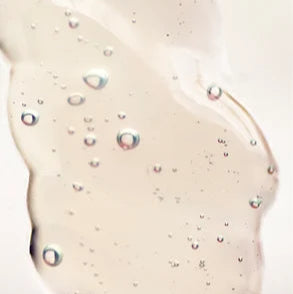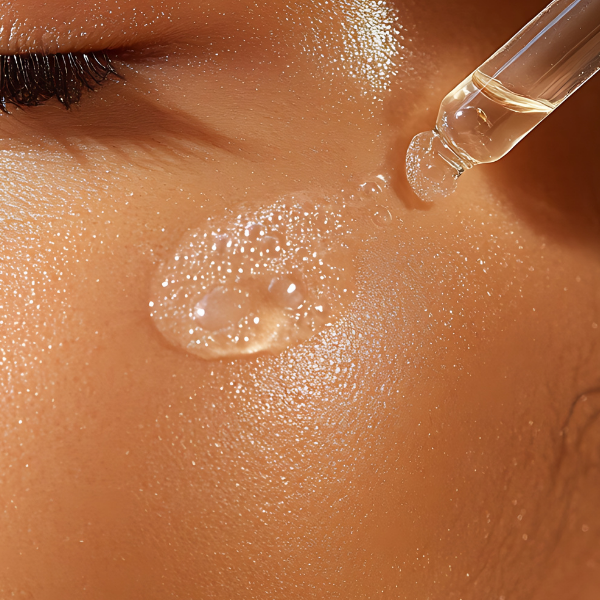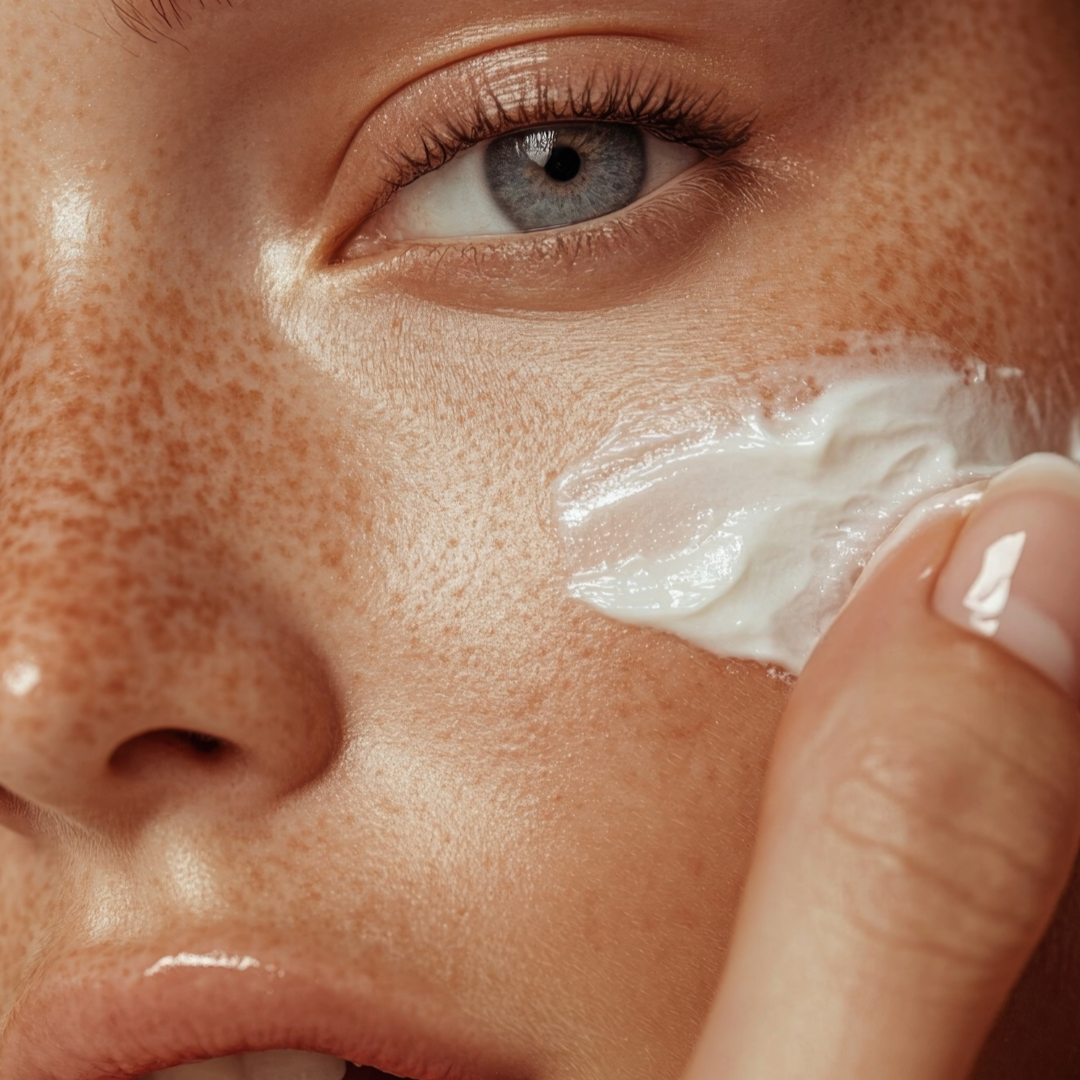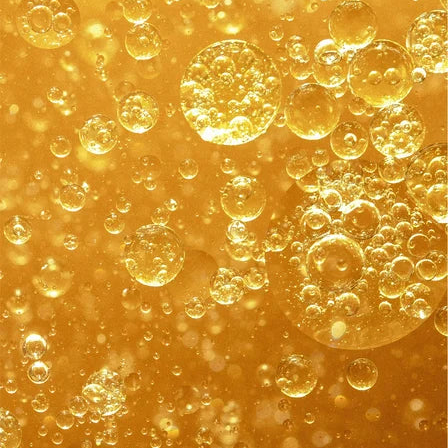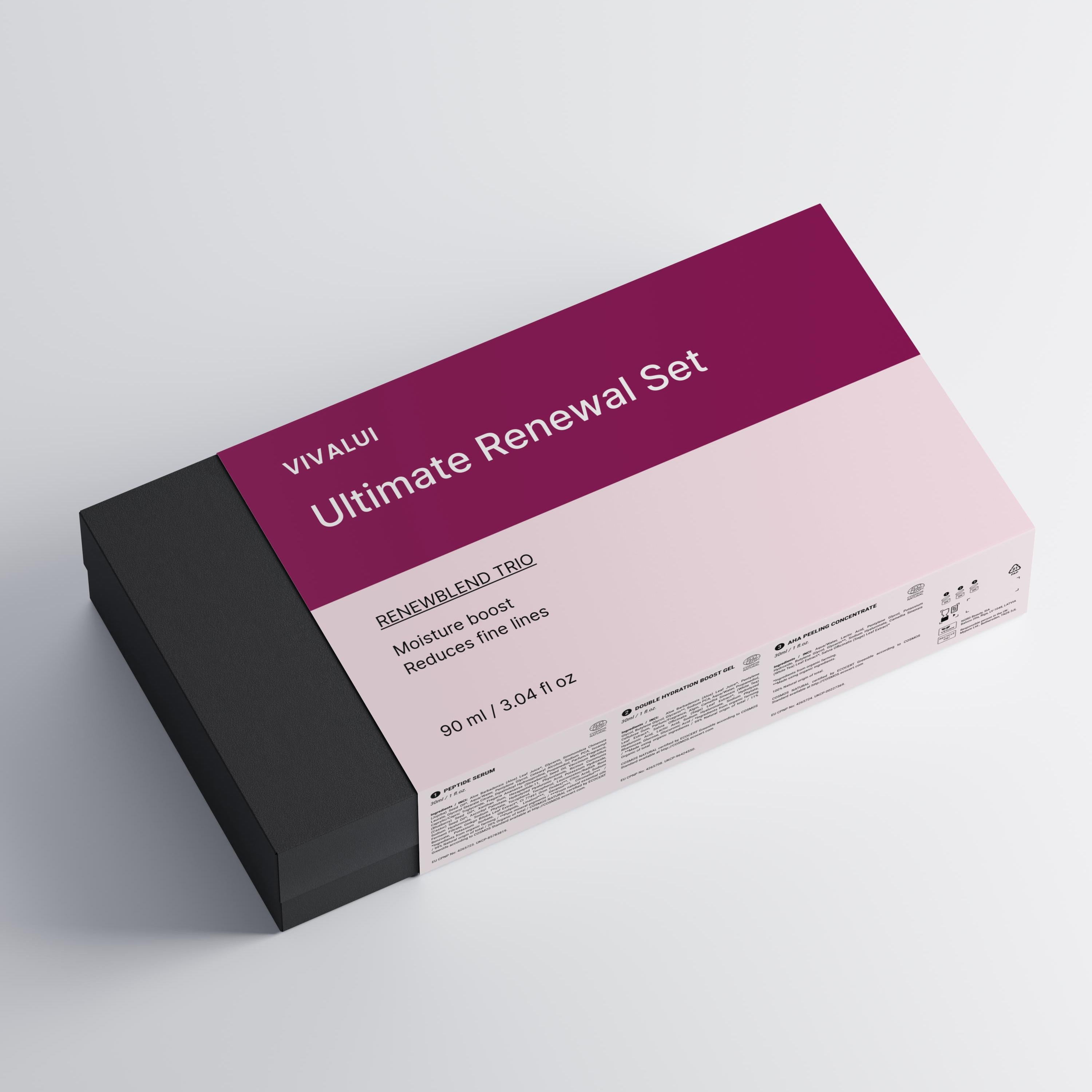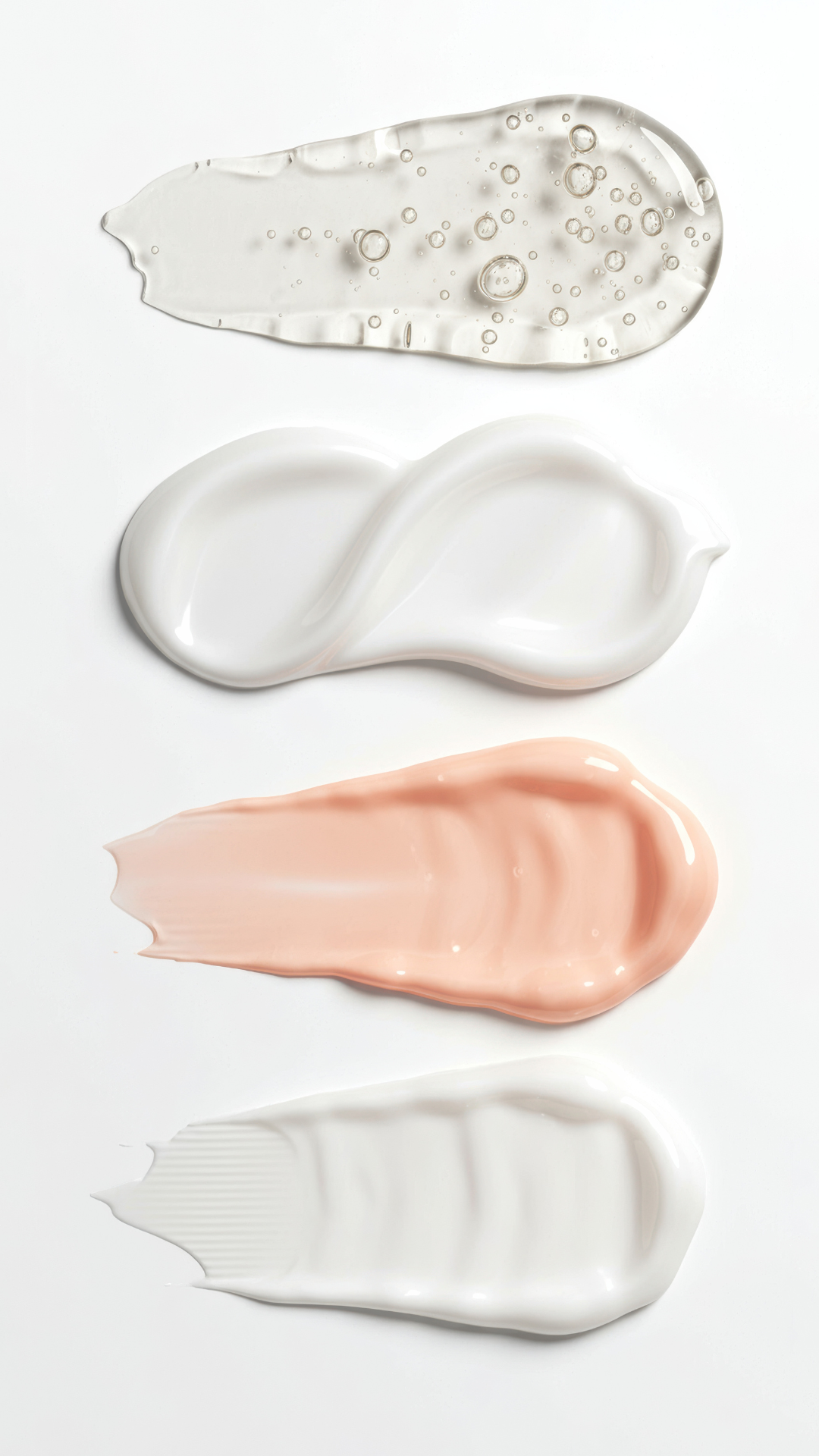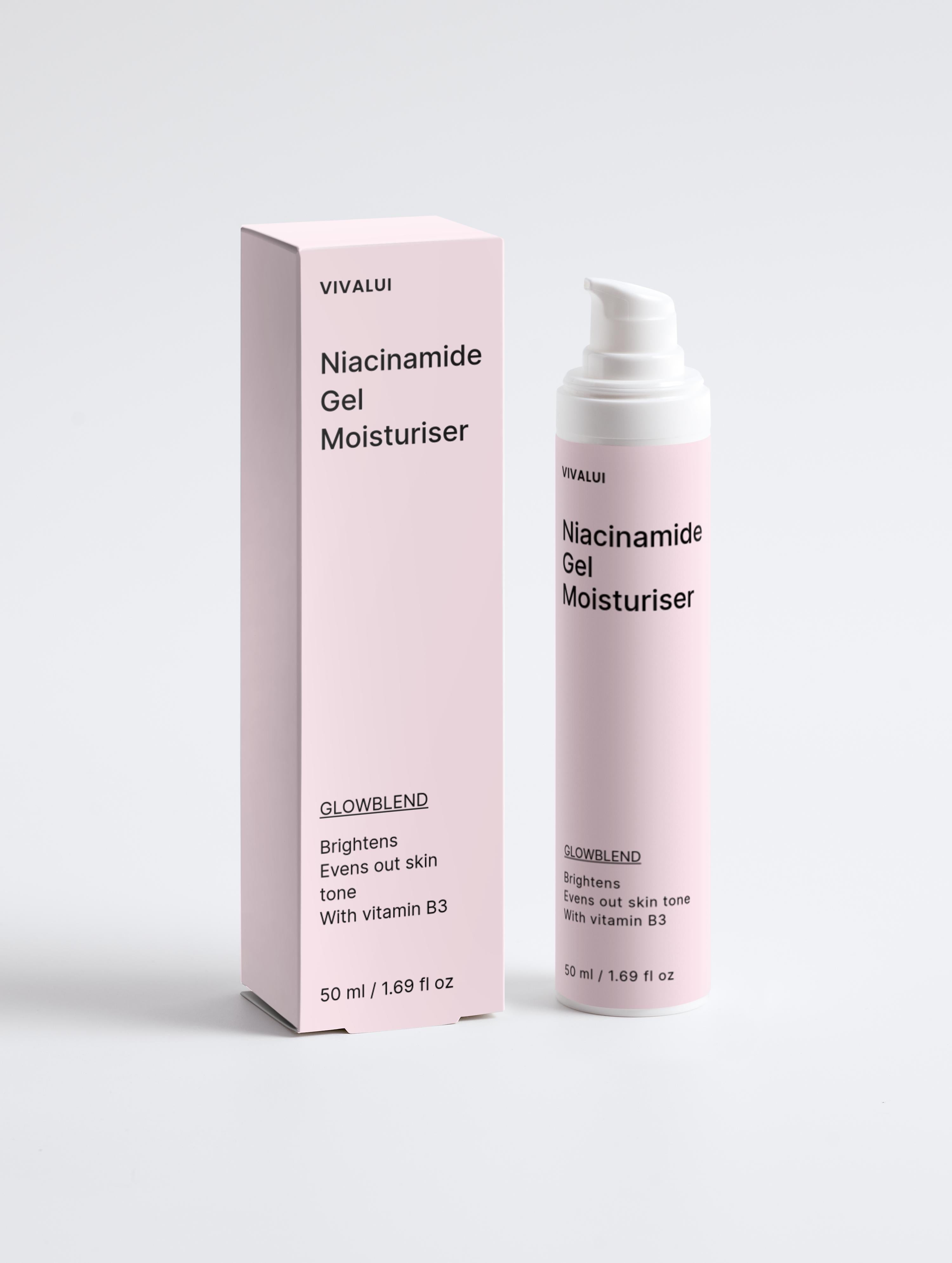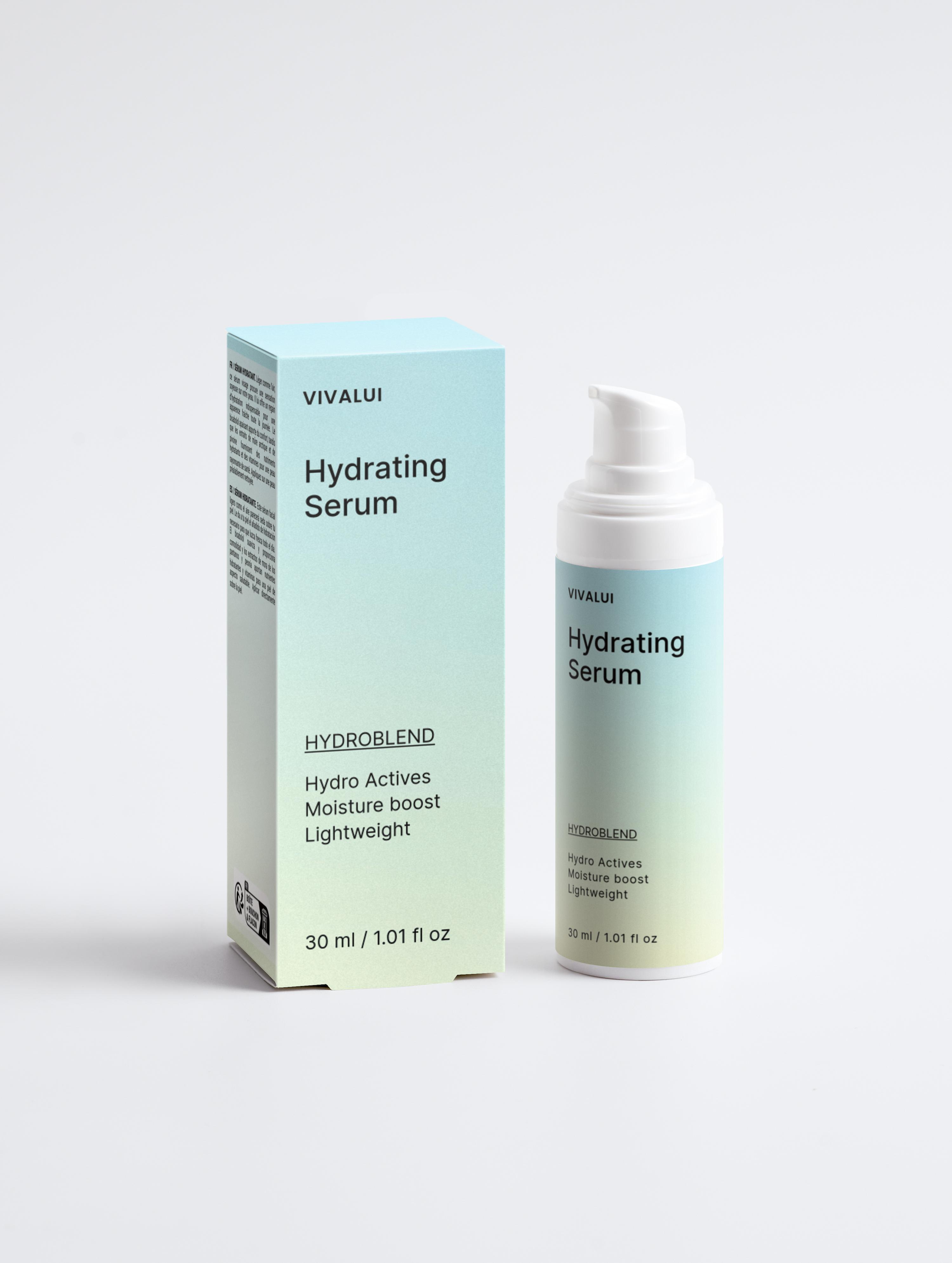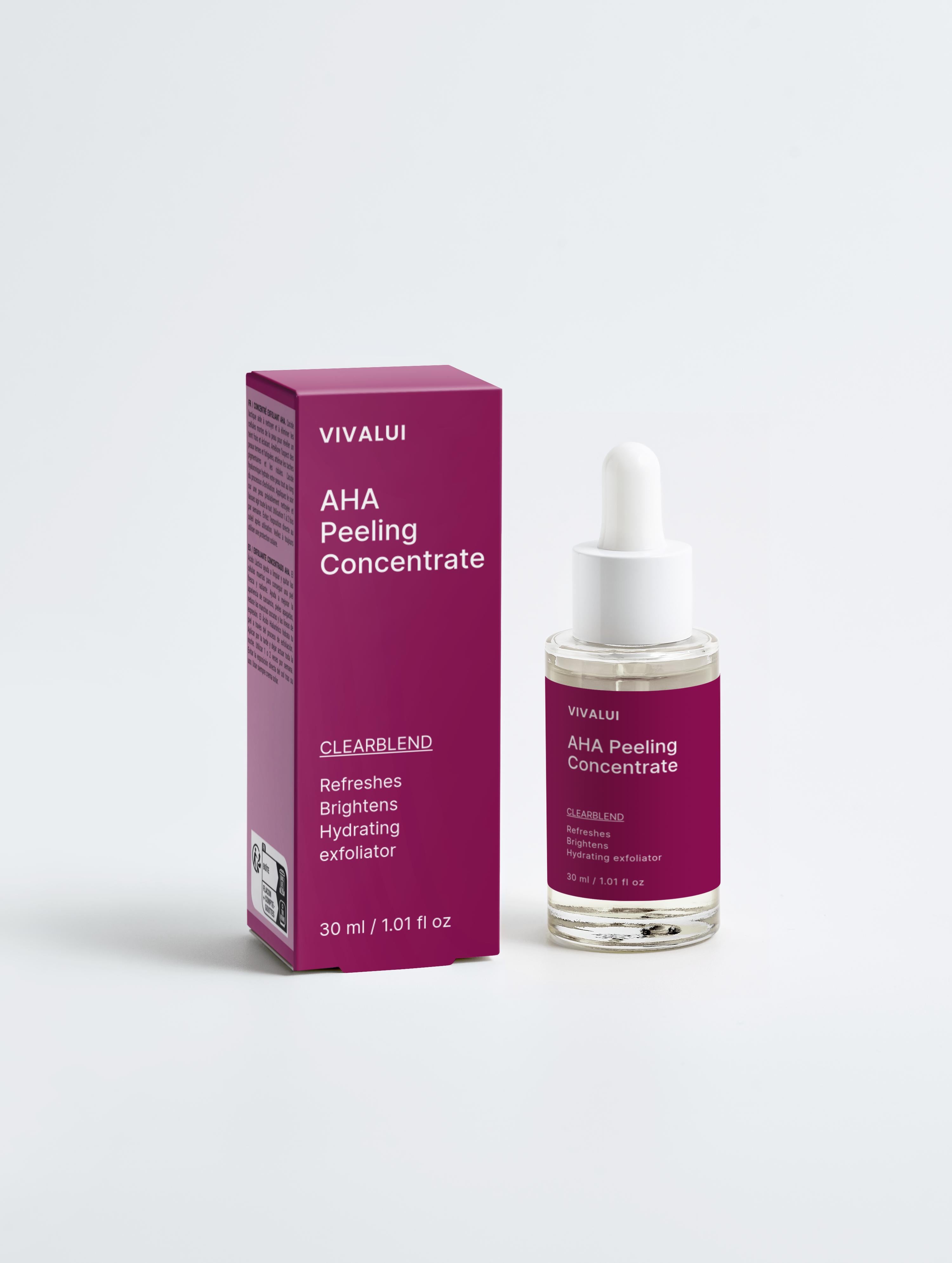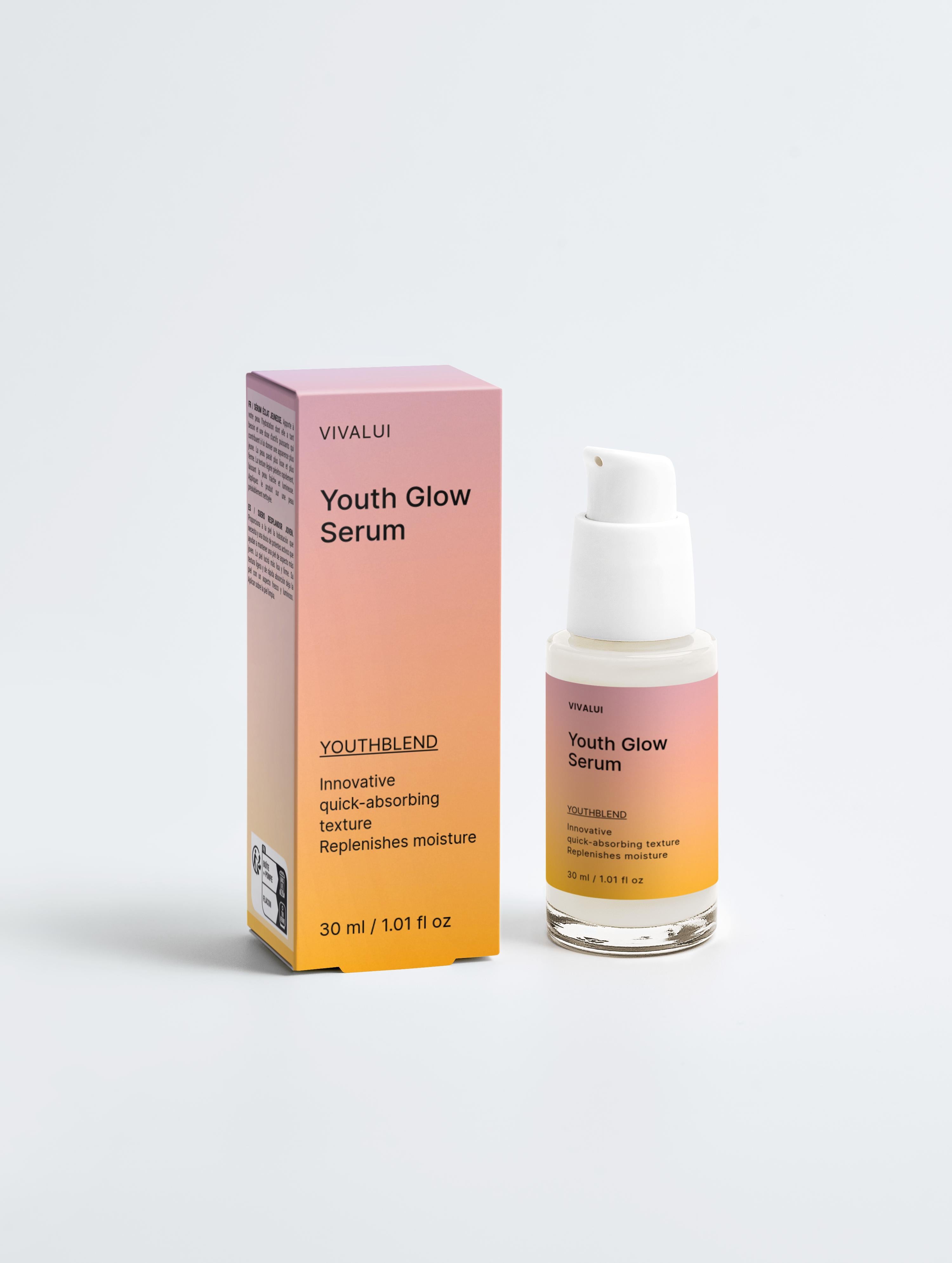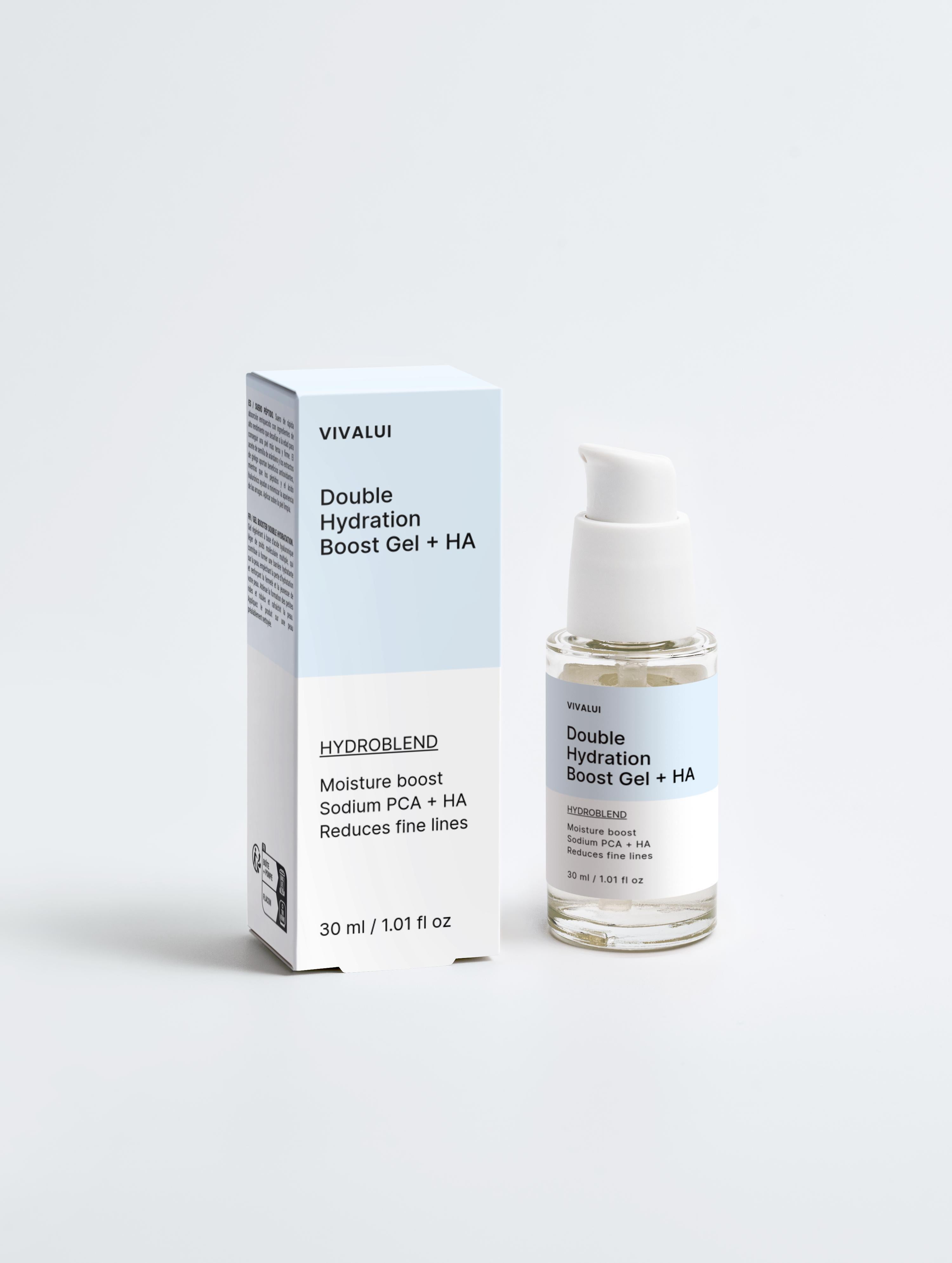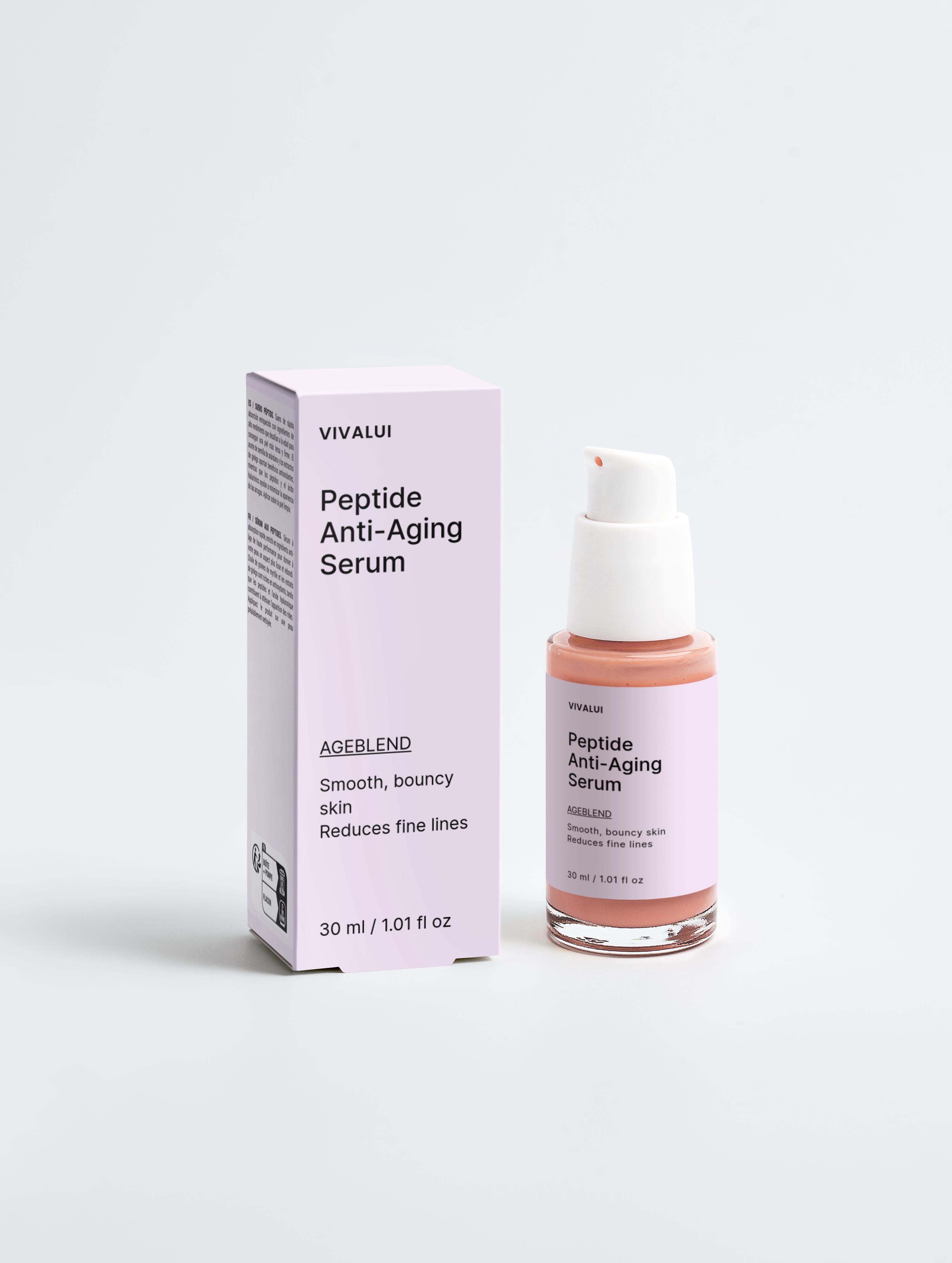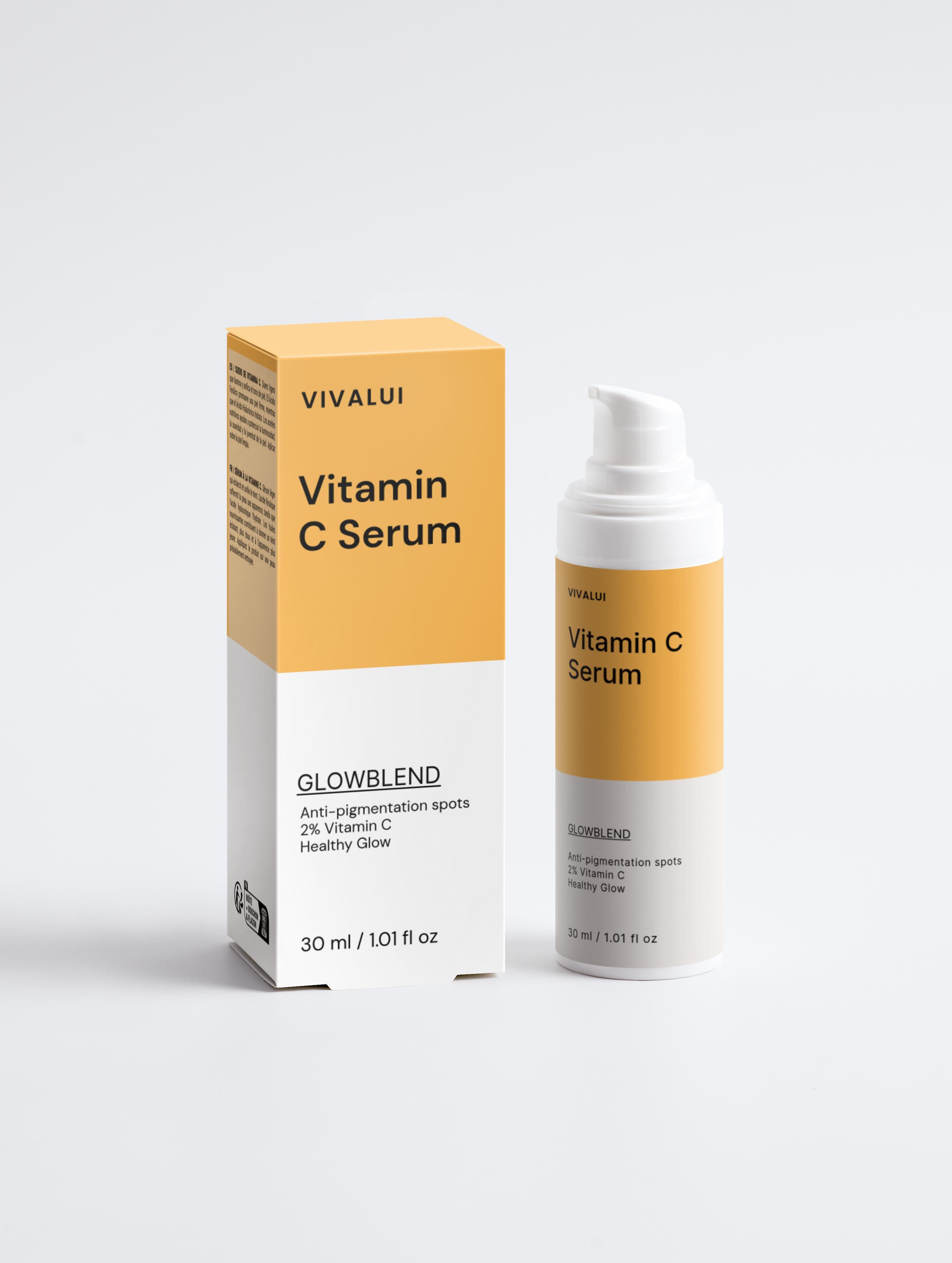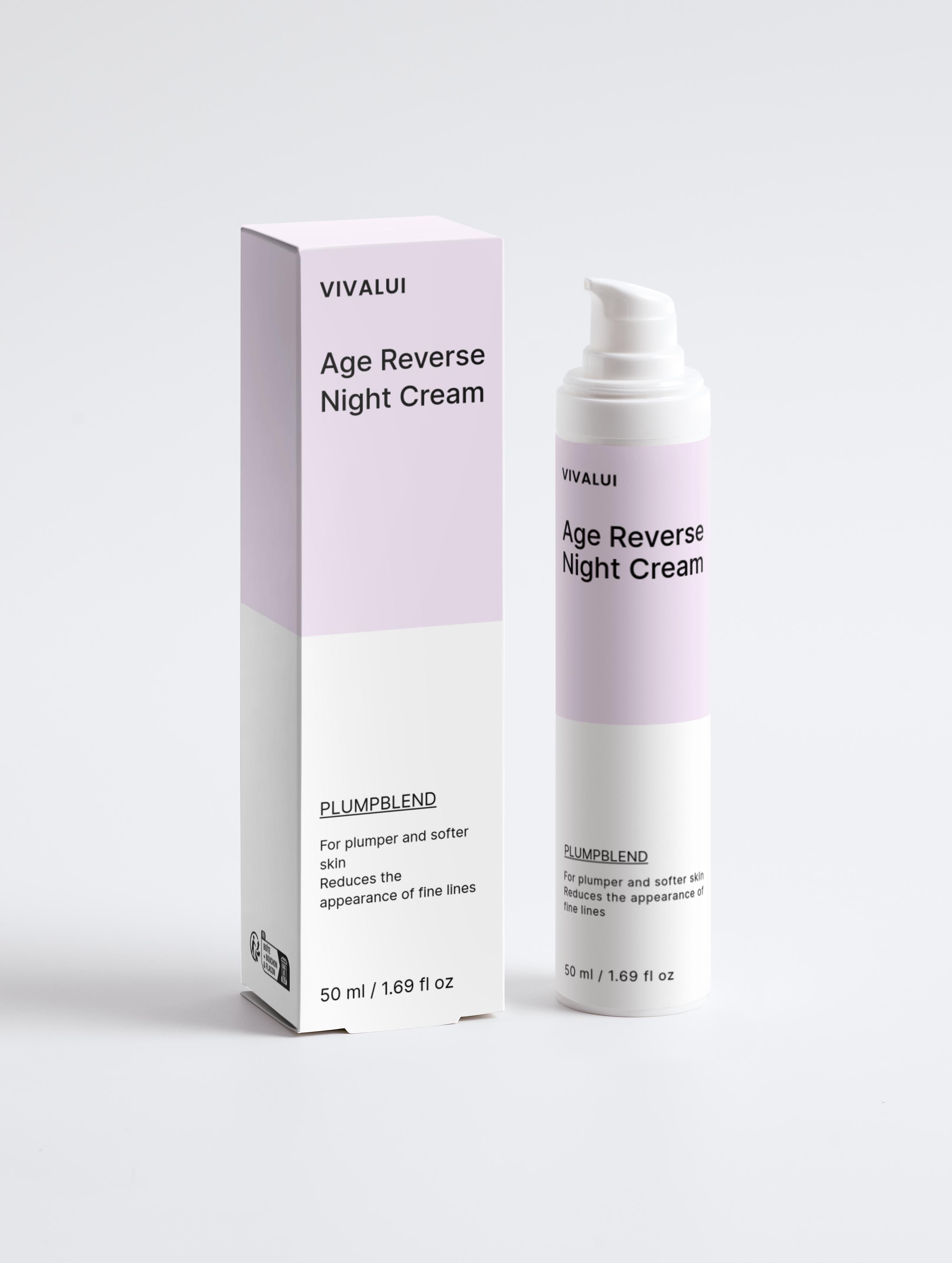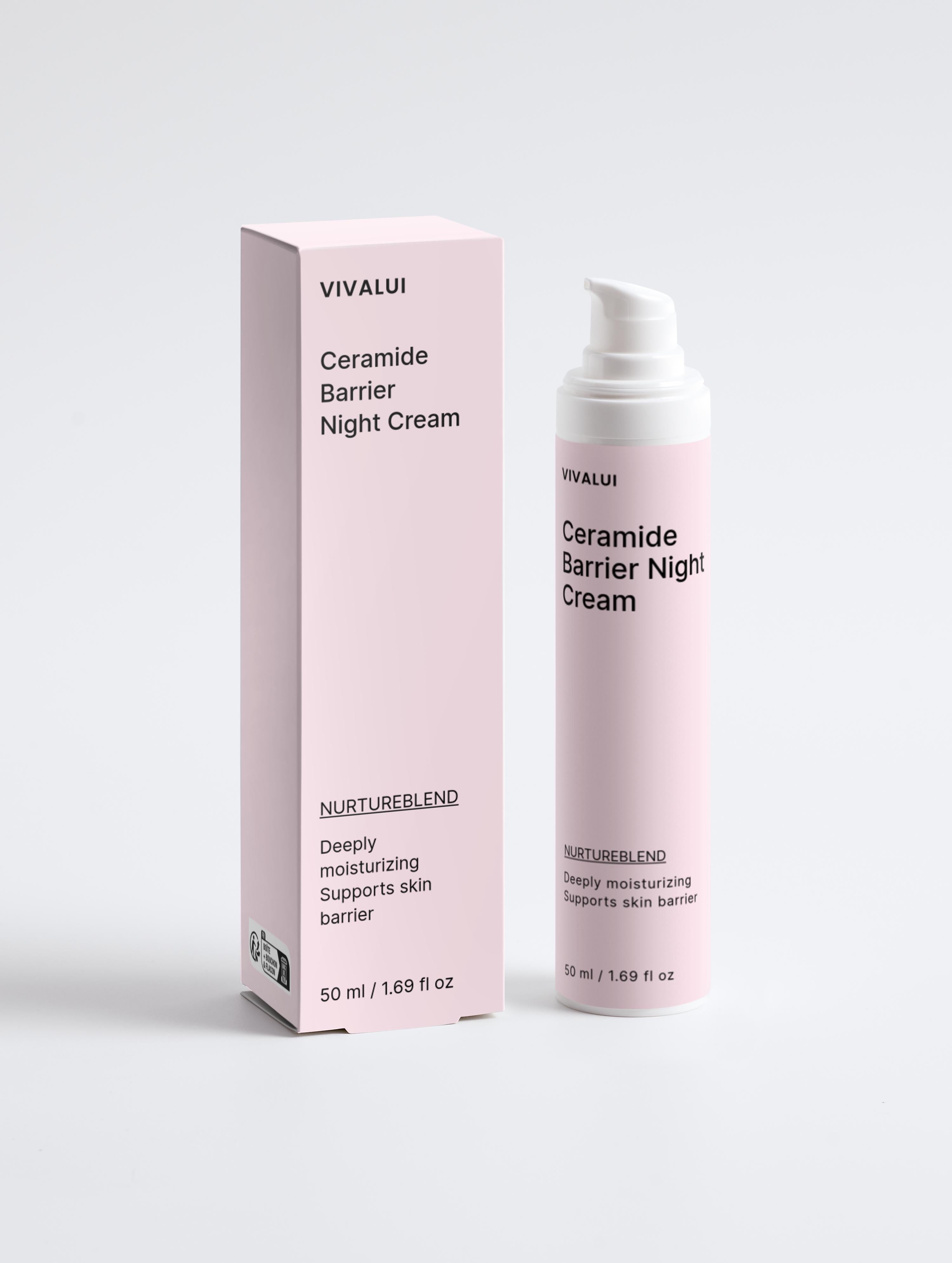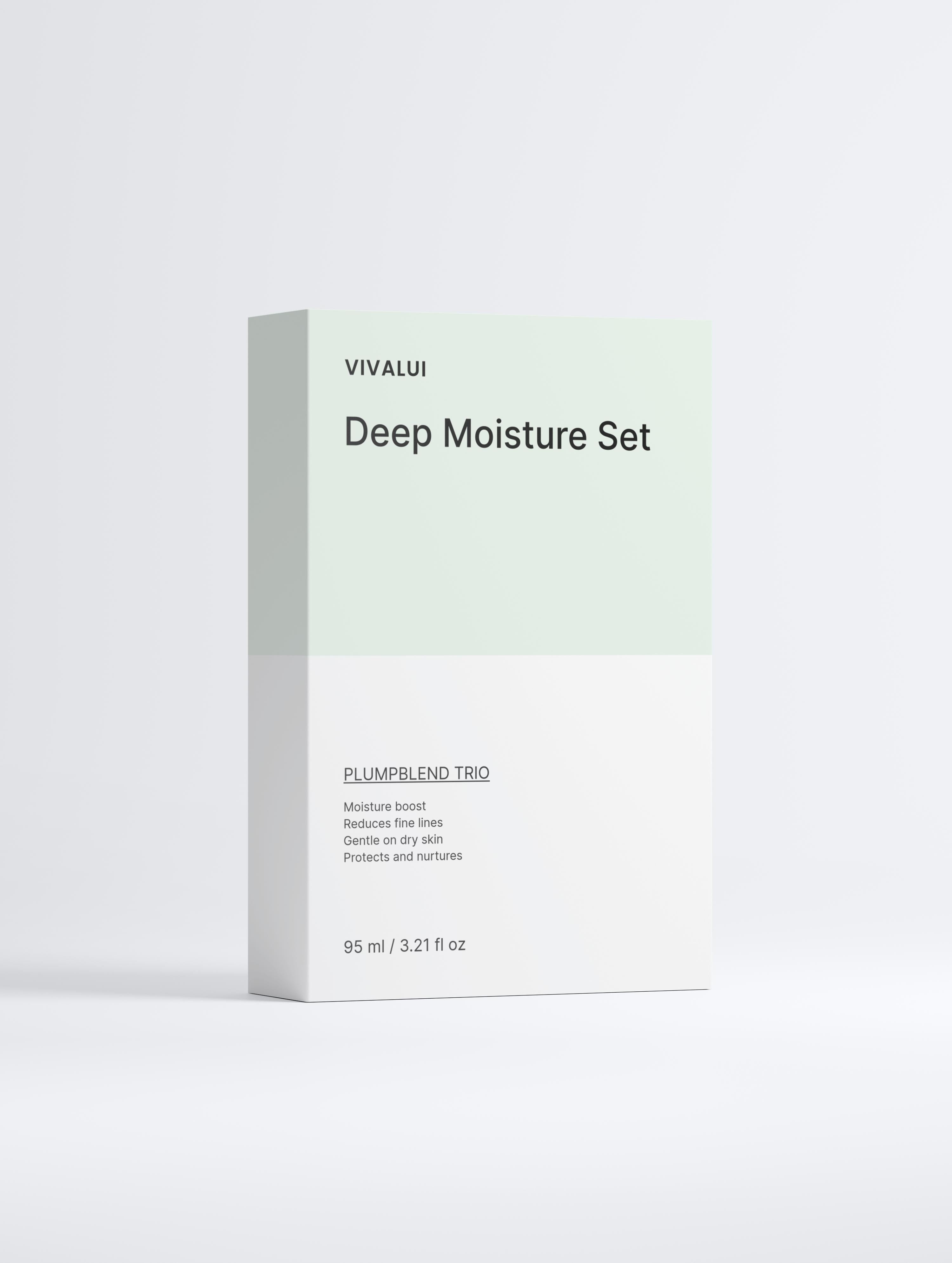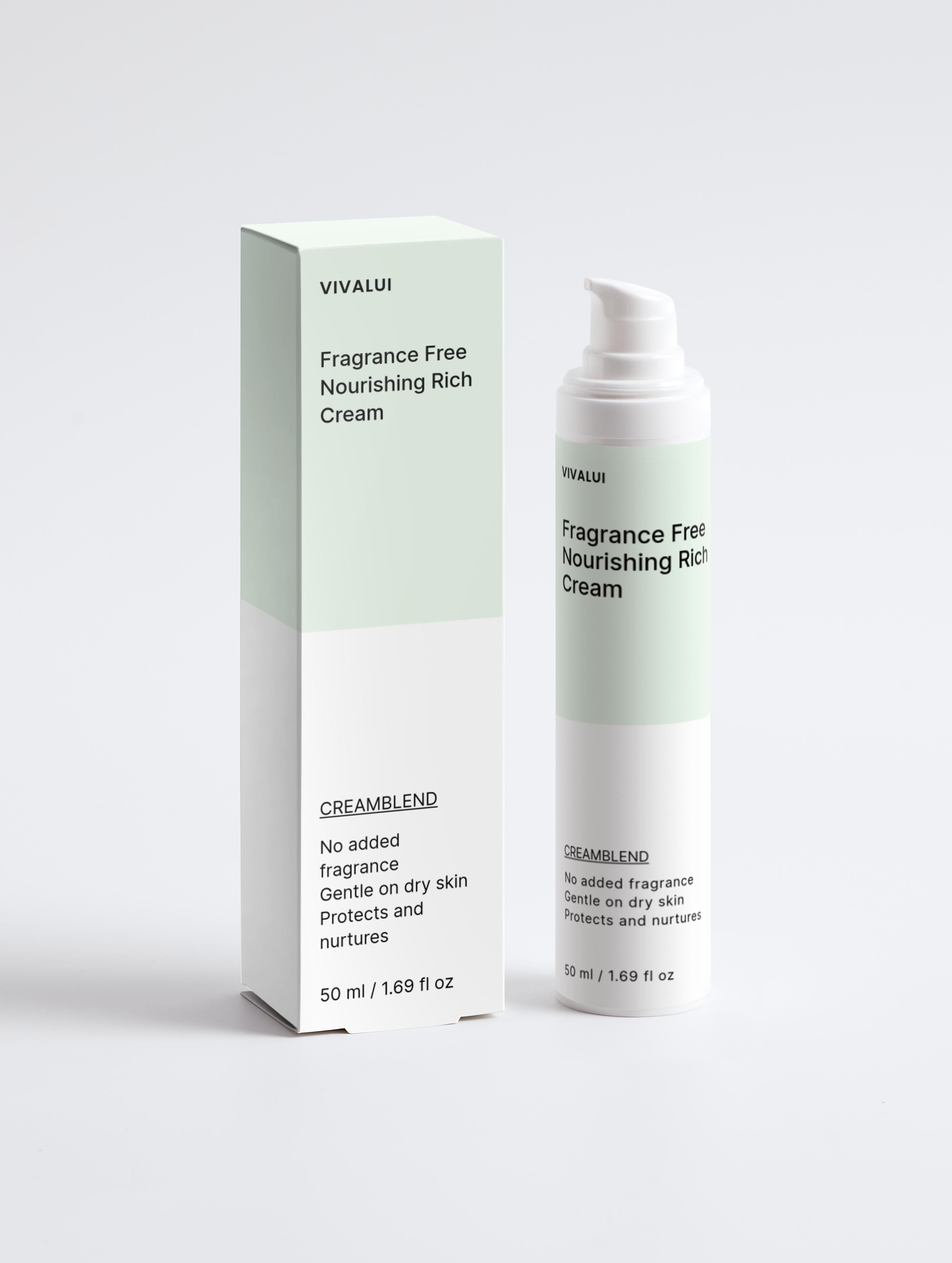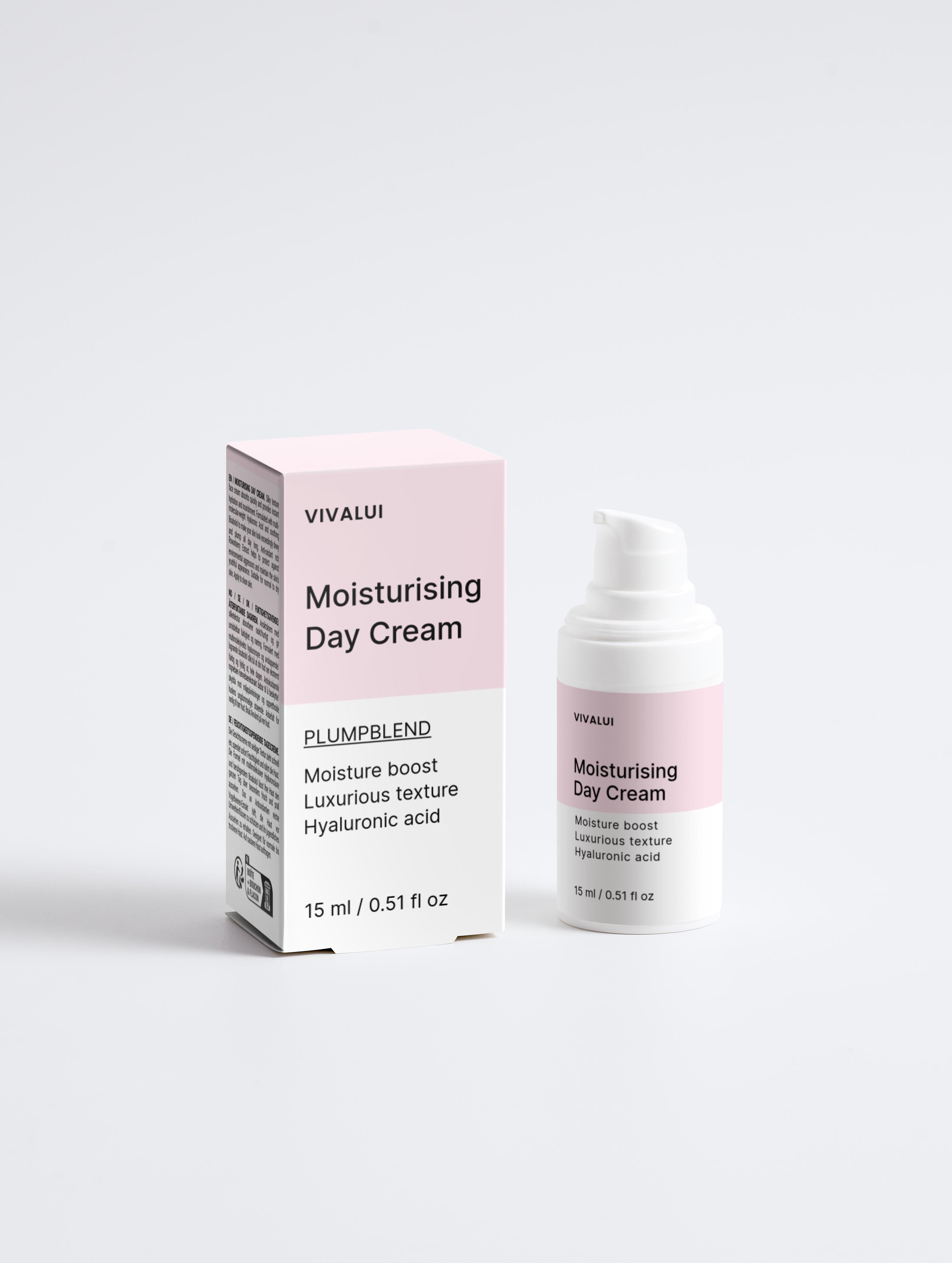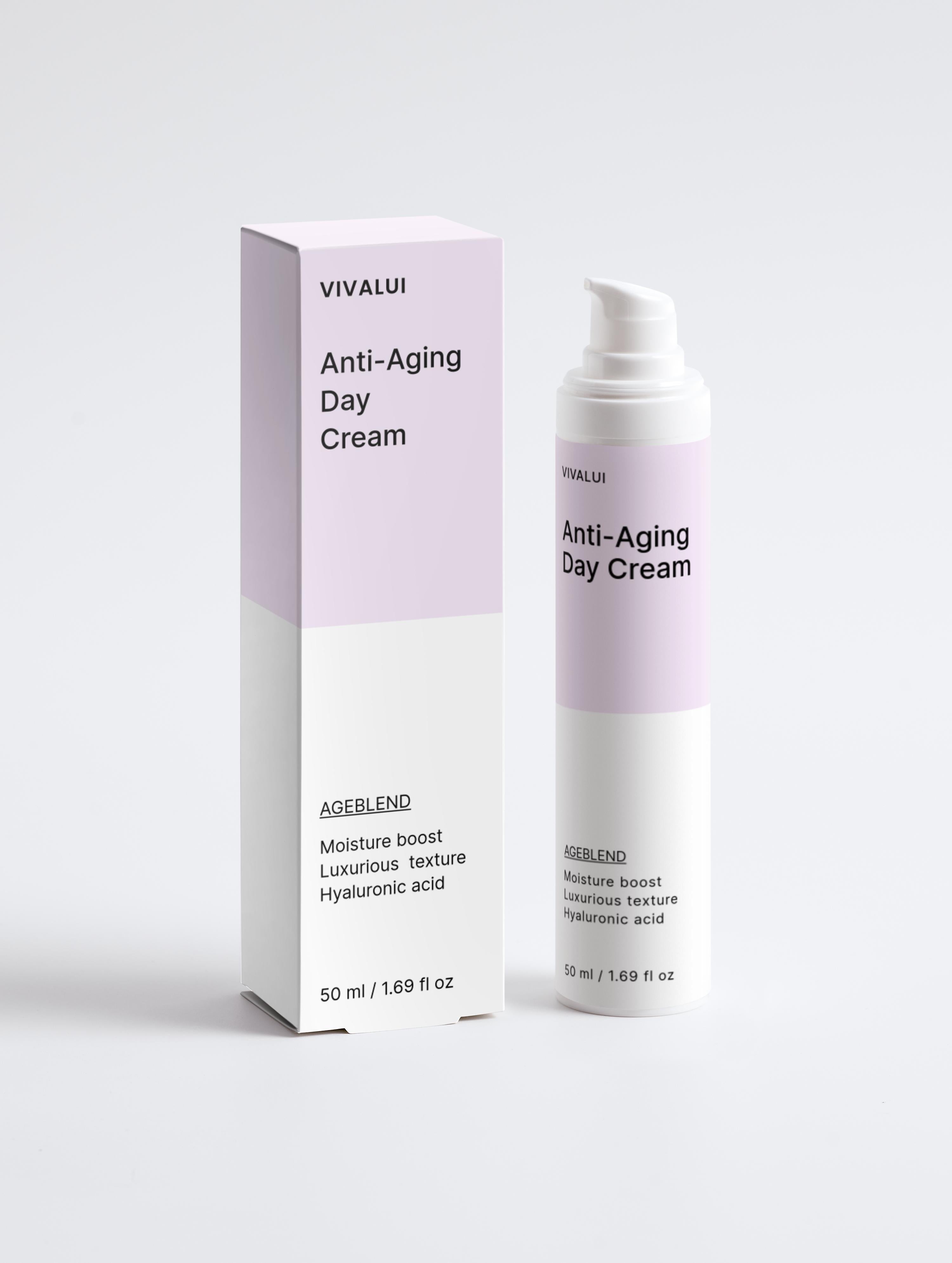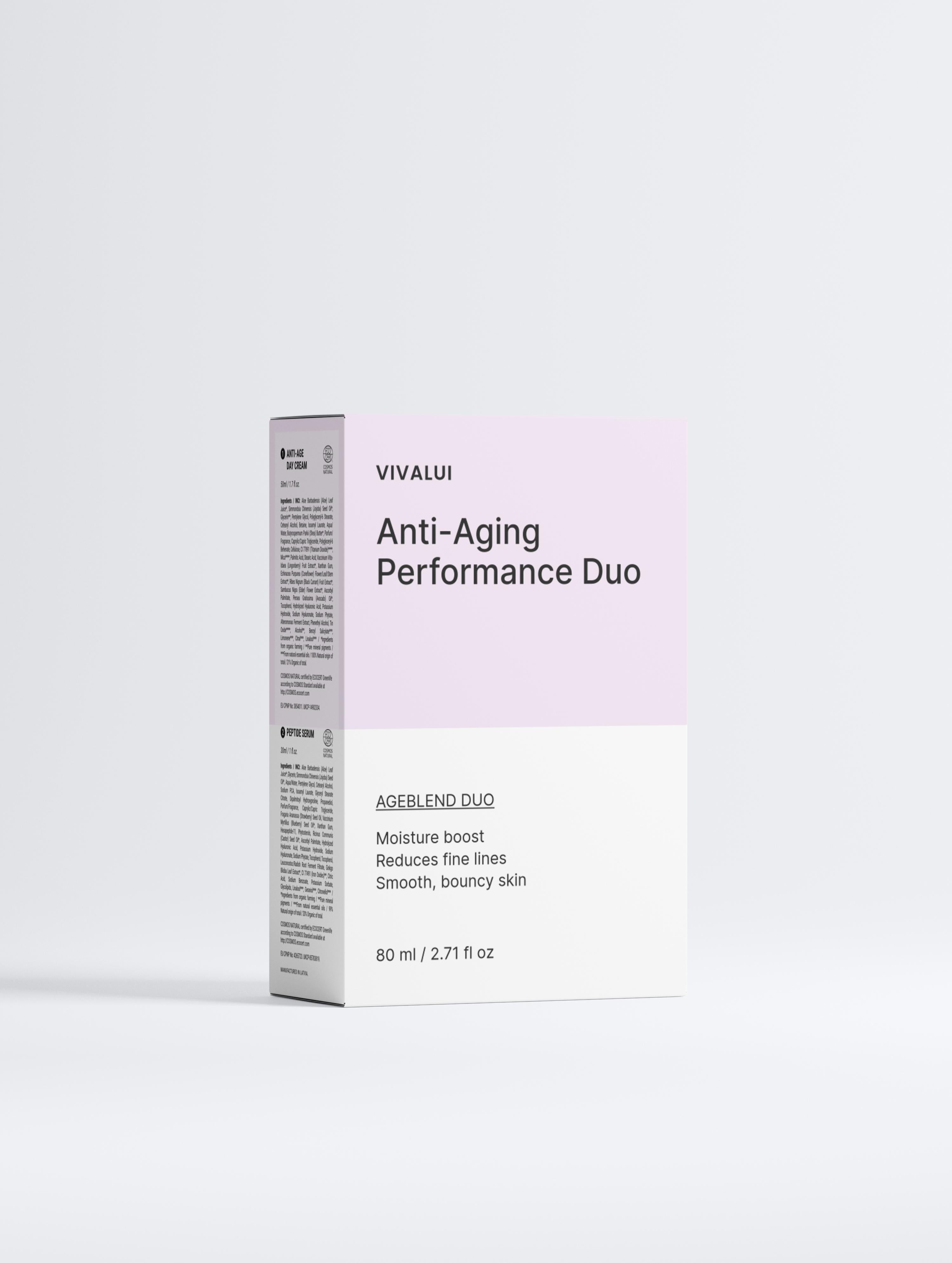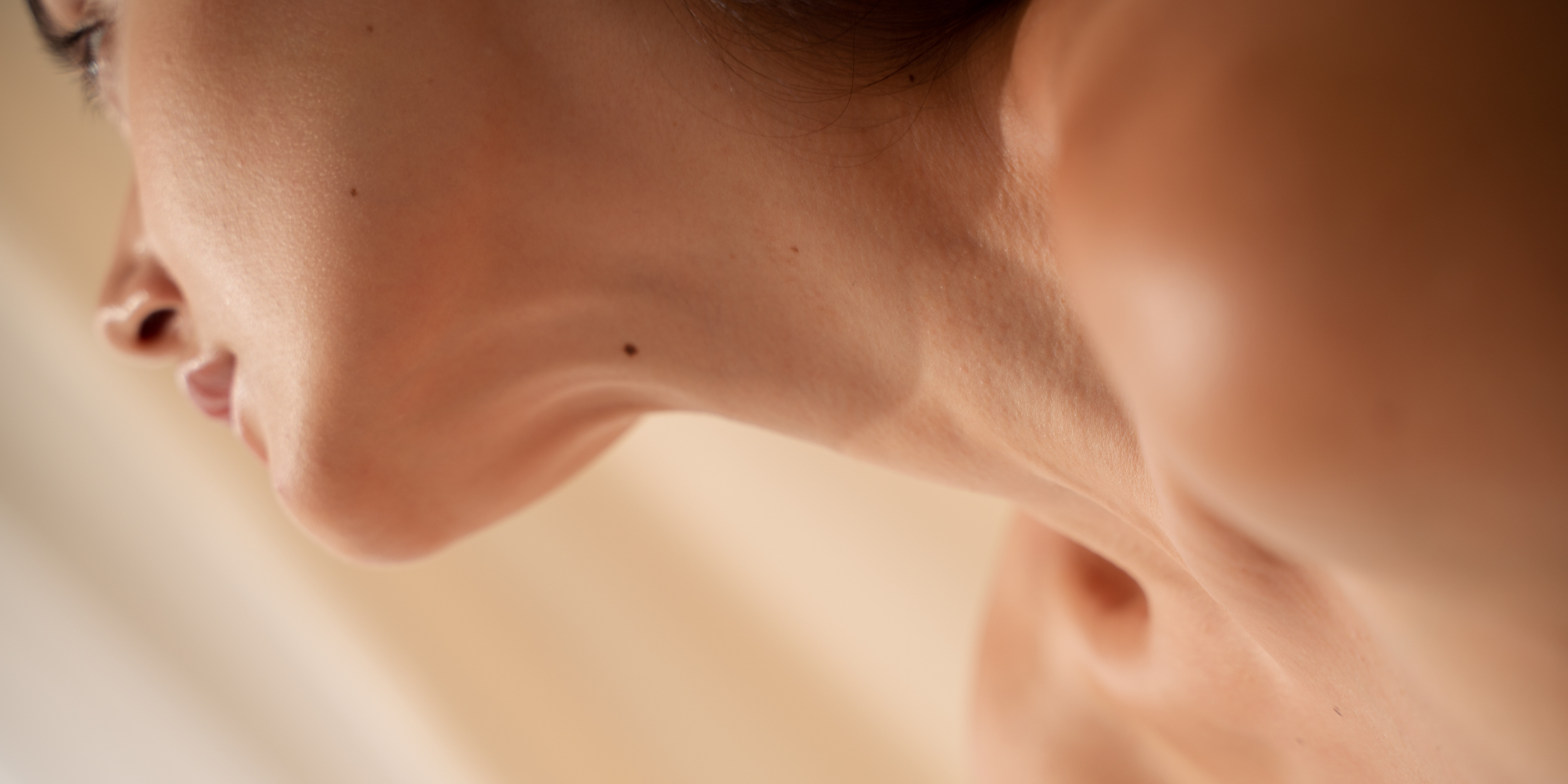The Importance of exfoliating your intimate bits
Exfoliation is a vital step in your skincare routine, and it can transform the appearance and health of your intimate area. In this article, we will guide you through the process of exfoliating the right way, helping you achieve great results without causing any ouchies.
We'll give you the best exfoliation techniques and products specifically designed for your bikini area. We'll discuss the importance of gentle exfoliation and how it can prevent ingrown hairs, reduce discoloration, and promote healthy skin cell turnover. From choosing the right exfoliating scrub to understanding optimal frequency, we've got you covered.
With our expert tips, you will be able to maximize the benefits of exfoliation while minimizing the risk of irritation. Get ready to unveil smoother, more radiant skin for your bikini body. Say goodbye to dullness and hello to confidence!

Common misconceptions about exfoliating the intimate area
Exfoliating your private area is often overlooked, but it is necessary for maintaining healthy and glowing skin. The intimate area is prone to various issues such as ingrown hairs, discoloration, and dryness. Regular exfoliation also helps to remove dead skin cells, and promote healthy skin cell turnover.
Ingrown hairs, which can be a common issue in this delicate area happen when dead skin cells accumulate. They can block the hair follicles, causing the hair to grow sideways or curl back into the skin. This can lead to redness, irritation, and even infection. With regular exfoliation, you can effectively remove dead skin cells and reduce the risk of ingrown hairs.
Another benefit of exfoliating your bikini area is the reduction of discoloration. Those areas are prone to hyperpigmentation, which can be caused by hormonal changes, friction, or shaving. Exfoliation helps to fade these dark spots by promoting the growth of new, healthy skin cells. It also improves blood circulation, which can further contribute to a more even skin tone.
VIVALUI UNDRESSED BERRY GRAPEFRUIT EXFOLIATING SUGAR BODY SCRUB
In addition to these benefits, exfoliation also promotes a smoother texture and a more youthful appearance in the intimate area. By removing dead skin cells and promoting collagen production, exfoliating helps to reduce fine lines, wrinkles, and roughness. It also allows for better absorption of moisturizers and other skincare products, maximizing their effectiveness.

Understanding the skin in the intimate area
There are several misconceptions surrounding exfoliating the intimate area. One common myth is that exfoliating can cause dryness or irritation. While it is true that over-exfoliation or using harsh products can lead to these issues, when done correctly, exfoliation can actually improve the overall health and hydration of the skin.
Another misconception is that exfoliating the intimate area is unnecessary. Some people believe that the skin in this area is naturally self-cleansing and does not require any additional care. However, the intimate area is subject to friction, sweat, and bacteria, making it more susceptible to various skin concerns. Regular exfoliation can help to address these issues and promote healthy and balanced skin.
Gentle exfoliation is key, and there are various methods and products available that are specifically formulated for this delicate area.

Choosing the right exfoliation method for the intimate area
Before delving into exfoliation techniques, it is crucial to understand the unique characteristics of the skin in these areas. The skin in this region is thinner and more sensitive compared to other parts of the body. It also has a higher concentration of sweat glands and hair follicles, making it more prone to issues such as ingrown hairs and inflammation.
The pH level of the intimate area is also different from the rest of the body. It is naturally more acidic, which helps to maintain a healthy balance of bacteria and prevent infections. However, using harsh or alkaline products can disrupt this delicate balance and lead to irritation or infections. Therefore, it is important to choose exfoliating products that are specifically formulated for the intimate area and maintain the natural pH balance.
Additionally, hormonal fluctuations can affect the skin in the intimate area. For example, during menstruation or pregnancy, the skin may become more sensitive or prone to discoloration. Being aware of these hormonal changes can help in adjusting your exfoliation routine accordingly.

DIY exfoliating recipes
When it comes to exfoliating the intimate area, it is crucial to choose the right method and product to ensure optimal results without causing any harm. One of the most popular methods is using a gentle exfoliating scrub specifically formulated for the intimate area. These scrubs typically contain mild exfoliating agents such as fruit enzymes or alpha hydroxy acids (AHAs) that help to remove dead skin cells without causing irritation.
Another effective method is using exfoliating gloves or mitts. These gloves are made of gentle fibers that help to slough off dead skin cells when used in circular motions. They provide a manual exfoliation that is gentle yet effective, promoting a smoother texture and improved skin tone.
For those who prefer a more natural approach, there are DIY exfoliating recipes that can be easily made at home using ingredients such as sugar, honey, or coffee grounds. These natural ingredients provide gentle exfoliation while nourishing and moisturizing the skin.
It is important to note that regardless of the exfoliation method chosen, it is crucial to be gentle and avoid excessive scrubbing or rubbing. The intimate area is delicate, and harsh movements can cause irritation or damage to the skin. Always remember to listen to your skin and adjust the pressure or frequency of exfoliation as needed.

How often should you exfoliate down there?
If you prefer a natural approach to exfoliating the intimate area, here are a few DIY exfoliating recipes that you can easily make at home:
- Sugar and Honey Scrub: Mix two tablespoons of sugar with one tablespoon of honey. Gently massage the mixture onto the intimate area in circular motions for a few minutes. Rinse thoroughly with warm water.
- Coffee Grounds Scrub: Mix two tablespoons of coffee grounds with one tablespoon of coconut oil. Apply the mixture to the intimate area and gently massage for a few minutes. Rinse off with warm water.
- Yogurt and Oatmeal Scrub: Mix two tablespoons of plain yogurt with one tablespoon of finely ground oatmeal. Apply the mixture to the intimate area and gently massage for a few minutes. Rinse off with warm water.
These DIY exfoliating recipes provide gentle exfoliation while nourishing and moisturizing the skin. However, it is important to perform a patch test before applying any new ingredients to the intimate area to ensure that you do not have any allergic reactions or sensitivities.

Safety measures for exfoliating your intimate area
The frequency of exfoliating the intimate area depends on various factors such as your skin type, sensitivity, and the exfoliation method used. Generally, it is recommended to exfoliate the intimate area once or twice a week. This frequency allows for the removal of dead skin cells and promotes healthy skin cell turnover without causing irritation or over-exfoliation.
However, it is important to listen to your skin and adjust the frequency as needed. If you notice any signs of irritation, redness, or dryness, it may be a sign that you are exfoliating too often or using a product that is too harsh for your skin. In such cases, reduce the frequency or switch to a gentler exfoliation method or product.
Conversely, if you have thicker or oilier skin, you may benefit from exfoliating more frequently. It is important to strike a balance and find a frequency that works best for your skin type and condition. Remember, the goal is to achieve smooth and radiant skin without causing any harm.
Tips for maintaining a radiant and smooth area
- Avoid exfoliating immediately after waxing or shaving: The skin in the intimate area is more sensitive after waxing or shaving. Wait at least 24 hours before exfoliating to allow the skin to recover and minimize the risk of irritation.
- Perform a patch test: Before applying any new exfoliating product or ingredient to the intimate area, it is important to perform a patch test on a small area of skin. This will help to determine if you have any allergic reactions or sensitivities to the product.
- Be gentle: The intimate area is delicate, and harsh scrubbing or rubbing can cause irritation or damage. Always use gentle and circular motions when exfoliating, and avoid excessive pressure or force.
- Moisturize after exfoliating: Exfoliation can temporarily strip the skin of its natural oils. After exfoliating the intimate area, it is important to moisturize with a gentle and hydrating moisturizer to restore moisture and maintain skin health.
- Avoid using harsh or alkaline products: The intimate area has a natural pH balance that helps to maintain a healthy environment. Using harsh or alkaline products can disrupt this balance and lead to irritation or infections. Opt for products that are specifically formulated for the intimate area and maintain the natural pH balance.
By following these precautions and safety measures, you can ensure that your exfoliation routine is effective and safe, providing you with the desired results without causing any harm to the skin.
Other Recommendations
In addition to regular exfoliation, there are other tips and practices that can help in maintaining a radiant and smooth intimate area:
- Avoid tight clothing: Wearing tight clothing can cause friction and irritation in the intimate area. Opt for loose-fitting and breathable fabrics to allow for proper airflow and minimize the risk of irritation or chafing.
- Practice good hygiene: Proper hygiene is crucial for maintaining a healthy intimate area. Cleanse the area gently with a mild, pH-balanced cleanser daily, and pat dry with a clean towel. Avoid using harsh soaps or cleansers that can disrupt the natural pH balance.
- Avoid excessive moisture: Excessive moisture in the intimate area can create an environment for bacteria or yeast to thrive. After showering or exercising, make sure to thoroughly dry the area to prevent any potential infections.
- Choose the right underwear: Opt for underwear made from breathable fabrics such as cotton. Avoid synthetic materials that can trap moisture and heat, leading to irritation or infections.
- Maintain a healthy diet and lifestyle: A healthy diet and lifestyle can contribute to the overall health and appearance of the skin, including the intimate area. Stay hydrated, eat a balanced diet rich in fruits and vegetables, and engage in regular exercise to promote healthy skin.

Embracing self-care for a healthy and confident intimate area
When it comes to choosing exfoliating products, it is important to opt for gentle and pH-balanced formulations that are specifically designed for your delicate bits. Here are a few recommended exfoliating products:
- Intimate area exfoliating scrub: Look for a scrub that contains mild exfoliating agents such as fruit enzymes or AHAs. These ingredients help to remove dead skin cells without causing irritation or dryness.
- Exfoliating gloves or mitts: These gentle fibers provide a manual exfoliation that is effective yet safe for the intimate area. Look for gloves or mitts made from soft materials such as microfiber.
- Chemical exfoliants: There are various chemical exfoliants available that are specifically formulated for the intimate area. Look for products that contain AHAs or BHAs, which help to remove dead skin cells and promote healthy skin cell turnover.
It is important to read the product labels and ingredients carefully to ensure that they are suitable for the intimate area. If you have any specific concerns or sensitivities, consult with a dermatologist or healthcare professional before using any new products.

